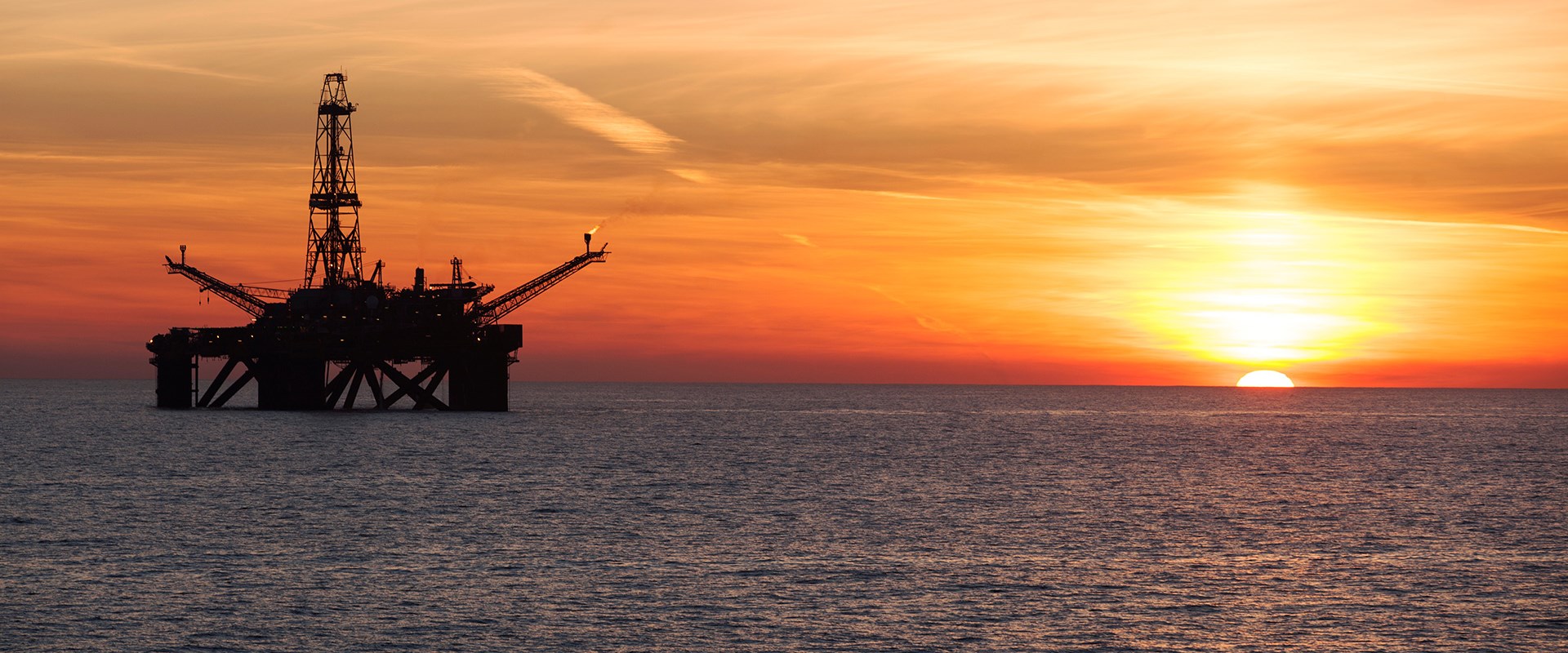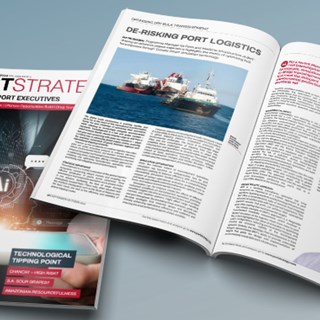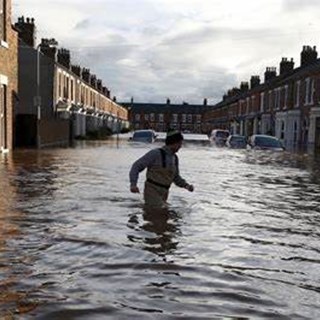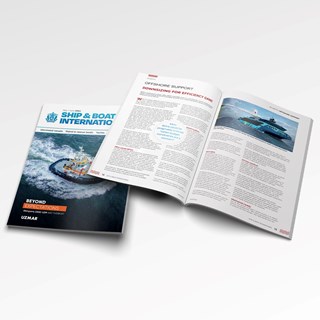Self-reflection is a powerful tool used by top executives through sports coaches to identify areas that can be improved and set-in place new ways of working to deliver better results in the future. The same is true for operators of offshore facilities; once the proverbial dust has settled from the extreme winds and weather conditions of hurricane season, it is time to review and plan for next year.
While operators are rightly concerned with the narrow field of data surrounding the days on either side of an extreme weather event, taking a longer-term view of the entire season and looking at trends over several years is essential to identify trends that can reduce costs.
Data Validation
Not all platforms transmit data during hurricanes; specific platforms have data transmitted during the storms via satellite, while others use fibre optic networks. As part of post-hurricane season analysis, collecting and validating measurement data from monitoring systems is essential. Soma Maroju, Head of Data Services at BMT, explains.
“What we typically do is look at all the data that has been transmitted to ensure that we have good data sets collected during these extreme events. While we advocate that systems are checked ahead of the season and that the sensors are calibrated periodically, achieving 100% reliable measurements is not possible, or instrumentation may become damaged during the season that can produce invalid data. Thus, it is important that the data we are incorporating into long term and historical data sets are qualified.”
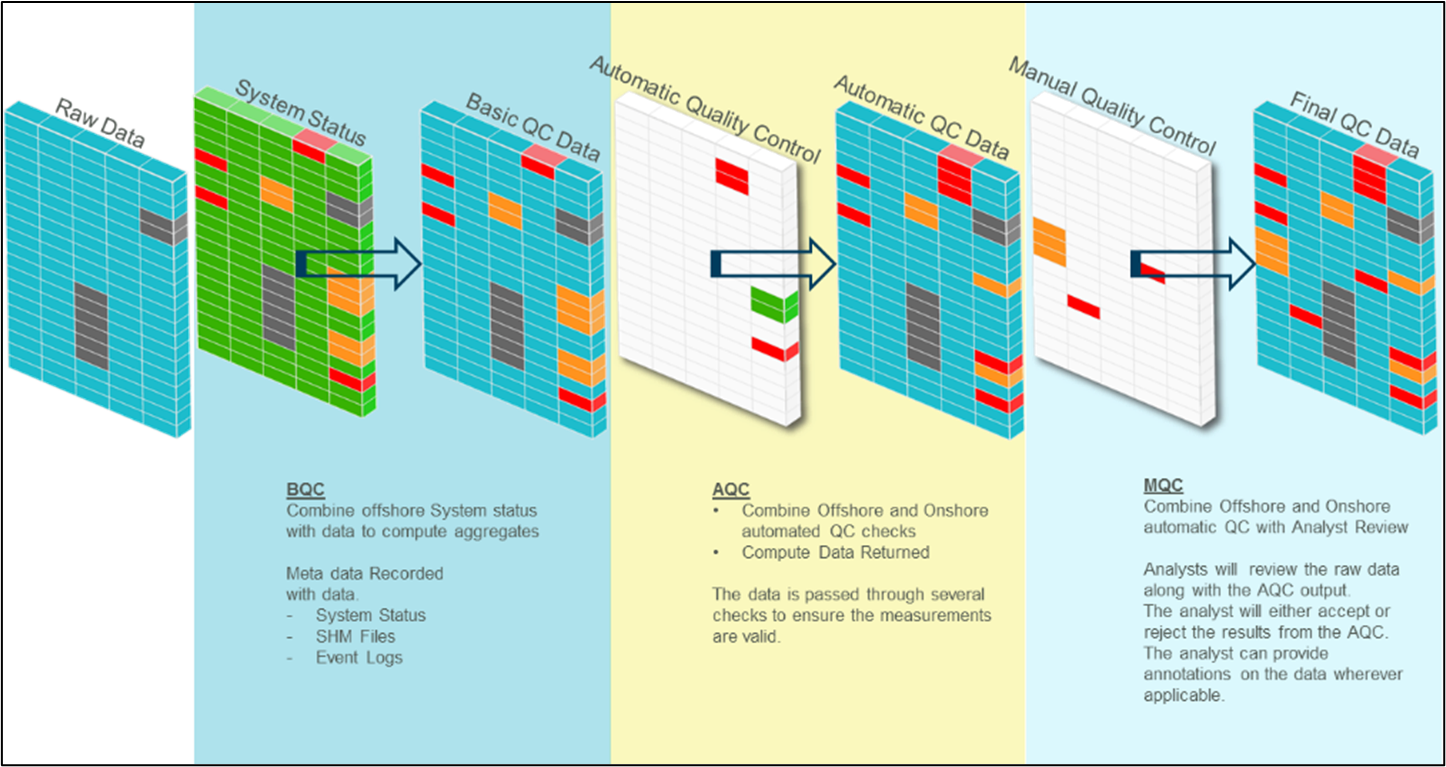
As part of the data management process in BMT Deep, we have incorporated an automatic quality control process that can identify and query unusual data points, which are then flagged for inspection by our customer support team.
Identifying Damage
One of the key benefits of remote operating systems is the ability to identify the structural integrity of offshore structures. This enables operators to make repairs and ensure safe operation. Soma explains that damage can be sudden and recognized immediately after a hurricane or can be longer-term fatigue identified by analyzing long-term data trends.
“It's interesting to notice as the storm passes by how structures respond, whether floating in deep water or fixed in shallow. They sway with the wind, waves and current. Data collected before, during and after a hurricane, when adjusted for weather conditions, can reveal damage to the structure. Several years ago, we noticed on a particular platform that a temporary structure fell off during the storm. There was a big change in the vessels list and trim, and there were huge increases in the acceleration of the platform. This was then validated using imagery from the remote monitoring systems cameras. By bringing information together from multiple sources, the team of engineers were able to identify what happened.”
Long-Term Trends
The data collected during the season, both during and in between extreme weather events, becomes very useful for long-term trends and for evaluating how the structures have performed. Asset managers can assess the platform’s performance against the design guidelines and identify any fatigue.
Soma said, “By building a data platform which solves the problems of collecting, managing, and storing vast amounts of data, processing trillions of data points, while enabling collaboration among various teams, we’re unlocking possibilities for insights. The technology around data transmission has improved. How we organize the data has made it readily accessible, and processing capabilities have expanded. All of this allows us to go and look at massive amounts of historical and current data to derive trends from the data and advise our clients on what patterns we are observing from the data”.
These are just a few ways BMT can help our client’s post-hurricane analysis around structural integrity to extend the lifespan of some structures, risers or topside equipment.
You can listen to our podcast series here to learn more about becoming Hurricane Ready.
